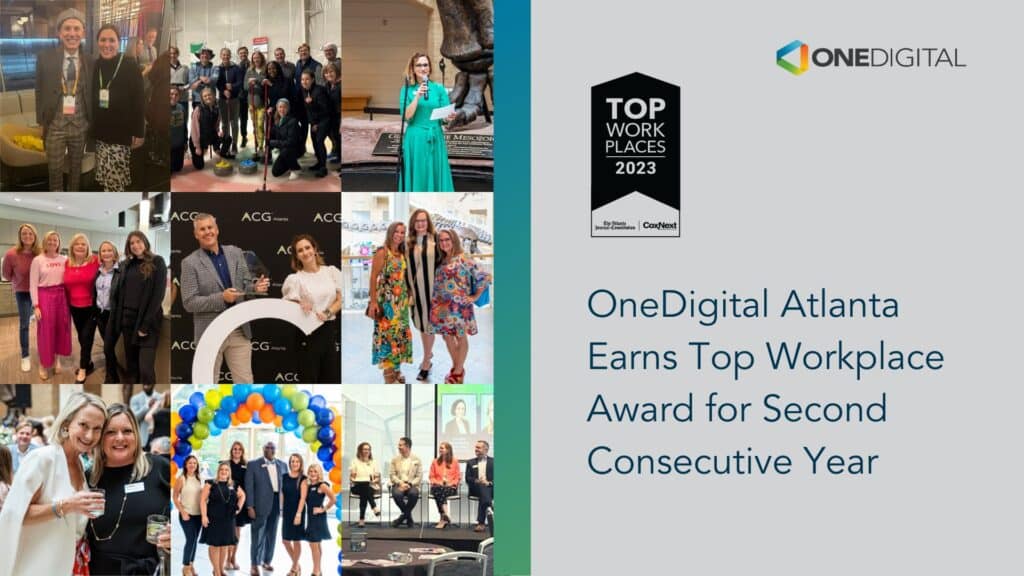Healthy People, No Headaches
Debating the Pros and Cons of a Hybrid Workplace
Debating the Pros and Cons of a Hybrid Workplace
As the world continues to evolve, so does the way we work.
The concept of a hybrid workplace quickly became a buzzword in the corporate world that promised the perfect blend of in-office and remote work, providing employees with flexibility while maintaining the benefits of a traditional office environment. But are hybrid workplaces really the saving grace we thought they’d be?
The answer isn’t as easy as “yes” or “no”. Before blindly jumping onto the hybrid workplace wagon, stop and take a knee to think about the following.
The “Pros” of Hybrid Workplaces
- Flexibility and work-life balance: this is easily the most appealing aspect of a hybrid workplace. Rather than being all-in and either fully remote or in-office five days a week, employees get the best of both worlds. Commuting time and reduced costs (not going out for lunch, etc.) can lead to increased job satisfaction and well-being.
- Increased productivity: while many workers report being more productive when working from home – citing fewer distractions as the main factor – being in the office with colleagues can lead to faster results – think of a solution after an instantaneous in-person conversation rather than multiple emails back and forth that are answered when each person is able to.
- Cost savings: employers can benefit from cost savings related to office space, utilities, and office supplies when employees are working remotely for part of the week. For employees, the reduced commuting can lead to lower expenses on things like gas.
The “Cons” of Hybrid Workplaces
- Inequality and isolation: not all employees have the same access to a comfortable and productive work setup – maybe their home doesn’t offer the space for a dedicated workspace. Some report struggling with this or facing feelings of isolation, leading to potential disparities in job satisfaction and performance.
- Communication challenges: remote work can lead to things like misunderstandings, delayed responses, and reduced face-to-face interactions. Building relationships and a strong team culture can be more difficult when employees aren’t together physically.
- Security concerns: remote work introduces new security risks as employees access company data and information from various locations and devices. Organizations must invest in robust cybersecurity measures to adequately mitigate these risks.
The Right Workplace Strategy for Your Organization
Just like there are pros and cons to a hybrid workplace, there are also pros and cons to a fully remote and completely in-person workplace.
So, are hybrid workplaces really the saving grace we thought they’d be? It depends.
Why can’t it be an easy “yes” or “no” answer? Because the debate over whether hybrid workplaces are a saving grace or not overlooks a crucial point: what works best for one organization may not work for another.
Here are some considerations to help determine the right workplace strategy for your organization:
- Culture and values: what kind of culture do you want to have within your organization? Some thrive on in-person collaboration, while others prioritize autonomy and flexibility. And some value a true blend of both. Your workplace strategy should reflect your values and support the desired culture.
- Employee preferences: survey your employees to understand their needs and preferences. Involving employees in the conversation can also help increase team members' trust – and retention. Some may thrive in a remote work environment, while others may prefer the structure of the office. A flexible approach that accommodates both can be a win-win situation.
- Industry requirements: consider the nature of the tasks your employees perform. Are they mostly individual tasks that can be done remotely, or does your work require or benefit from frequent in-person interactions and brainstorming sessions? Also, certain industries have specific regulatory or security requirements. Ensure that your chosen approach complies with industry standards and regulations. At the end of the day – whether that’s at home or in the office – while hybrid workplaces are a saving grace for some, they’re not a one-size-fits-all solution.
While we’ve seen there are clear pros and cons to this working style, ultimately, an organization’s workplace strategy should align with what works best for them and not just what’s trendy. Also, don’t forget about the importance of adaptability. Be prepared to adapt your workplace strategy over time. The needs and preferences of your employees may change, and external factors such as technology advancements and market dynamics can also impact your strategy.
The real saving grace is to strike a balance that aligns with your company’s unique needs, values, and goals.
Watch OneDigital Employer Advisory Session Strategic Workforce Planning: How to Control Costs, Optimize Talent, and Support Employee Mental and Financial Wellbeing to learn more.
Share
Related News & Updates

On-Demand Webinar
Employee Engagement in a Hybrid World
9.19.2023

Article
Federal & State Labor Law Posters
11.13.2023


